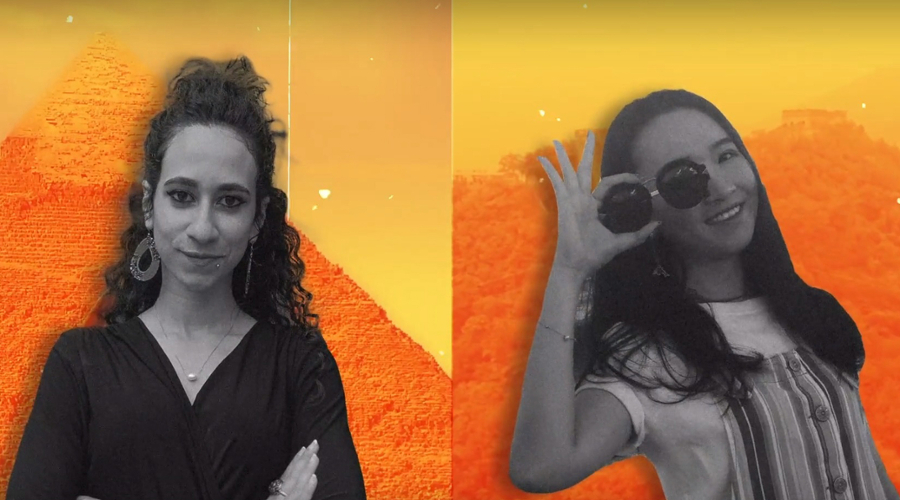
Mariam Serag, MBA’21, left, and Ruosi Liu, MSBA’21 are converting the opportunities they found at Brandeis to build a better shoe.
It’s a familiar story: You’re standing around for hours, you’re in heels, and your feet are in agony.
Mariam Serag, MBA’21 found herself in that situation, again, during a wedding a couple years ago in her native Egypt.
“All of us wearing high heels were dying,” she said. “Some took off their heels, some switched to flats.”
That day was still fresh in Serag’s mind when her Entrepreneurship and Rapid Prototyping professor tasked students with solving an everyday problem.
“I wanted to focus on what women everywhere have to endure everyday,” said Serag.
Serag teamed up with Ruosi Liu, MSBA’21, her classmate at Brandeis International Business School. Together, they thought up a solution: stylish shoes with removable heels.
They both knew such shoes already exist — they’re called convertible heels. But the duo only found a few companies making them.
“So we looked for the gaps,” said Serag.
And so Tambu Footwear was born. After quickly identifying opportunities in price, design, style and branding, Serag and Liu secured vital early support for their startup at the Brandeis MakerLab and Asper Center for Global Entrepreneurship.
Importantly, Serag, who is Egyptian, and Liu, who is Chinese, said they wanted the shoe designs to represent the rich cultures of their home countries.
“We want the designs to be inspired by our heritage,” said Serag. “It’s not just a commodity — it’s like a piece of art.”
With their space in the market identified, Serag and Liu moved on to design and prototyping. Liu took the lead on design, working and reworking the puzzle of how to lock the heel into place while also ensuring it was easy to remove.
“We did a lot of research and sketched the mechanics and structures to see which would be the best for a high heel,” said Liu.
Prof. Ian Roy ’05, director of the MakerLab, supported their efforts by providing materials and access to 3D printers.
Serag also reached out to an innovation and sustainability designer at Converse for feedback. Their initial conversation ultimately led to the designer become an advisor to them, independently of Converse.
After multiple rounds of design and testing, Serag and Liu printed their first heel system. They’ve since tested it on themselves and friends. The design was impressive enough that they were invited to showcase it at the annual MIT Arab Conference.
They also applied to the Brandeis Innovation Center's Spark Program, winning a prize at the annual SparkTank competition. The Spark program provided them with mentorship, funding, support, and entrepreneurship training across several months.
“It feels amazing to turn an idea into a physical prototype,” said Serag. “People can get stuck in the concept phase forever. So just do it, even if it’s not exactly what you want. You can spend a lot of time trying to come up with perfection.”
So what’s next for Tambu? Serag and Liu are hoping to partner with a mechanical engineer to perfect their design. Prospective customers can also now register on the startup’s website to receive product updates.
“We have to be able to demonstrate there’s demand when we get to the financing stage,” said Serag.
Serag said the name Tambu comes from the heroine in a Zimbabwean novel.
“She overcame discrimination to write the life of her dreams,” said Serag. “This is what we want women to do with our shoes — write their own life story.”
Featured Stories
News Categories
@BrandeisBusiness Instagram
View this profile on InstagramBrandeis Intl. Business School (@brandeisbusiness) • Instagram photos and videos
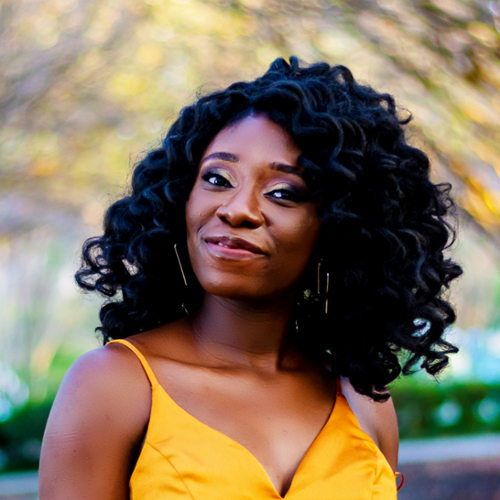
December 20, 2021
The push she was looking for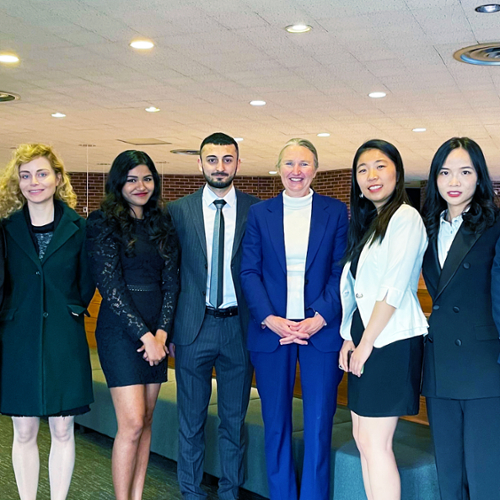
December 9, 2021
'How can we not be grateful?'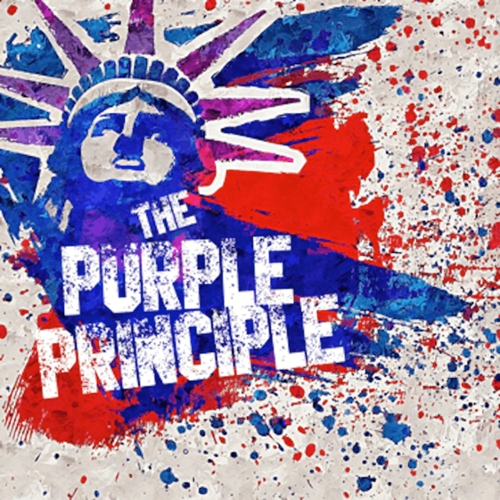
November 30, 2021
Lowering the temperature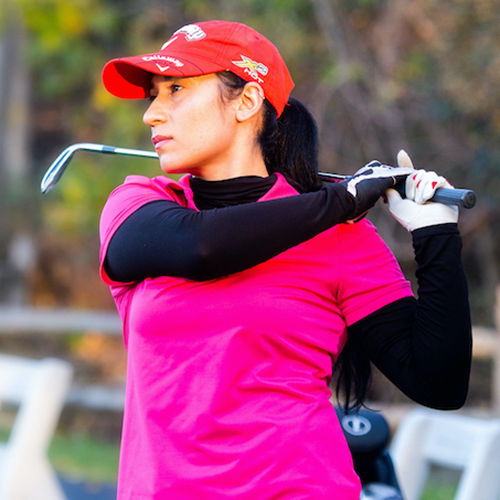
November 23, 2021
Empowering girls in South Asia through sports